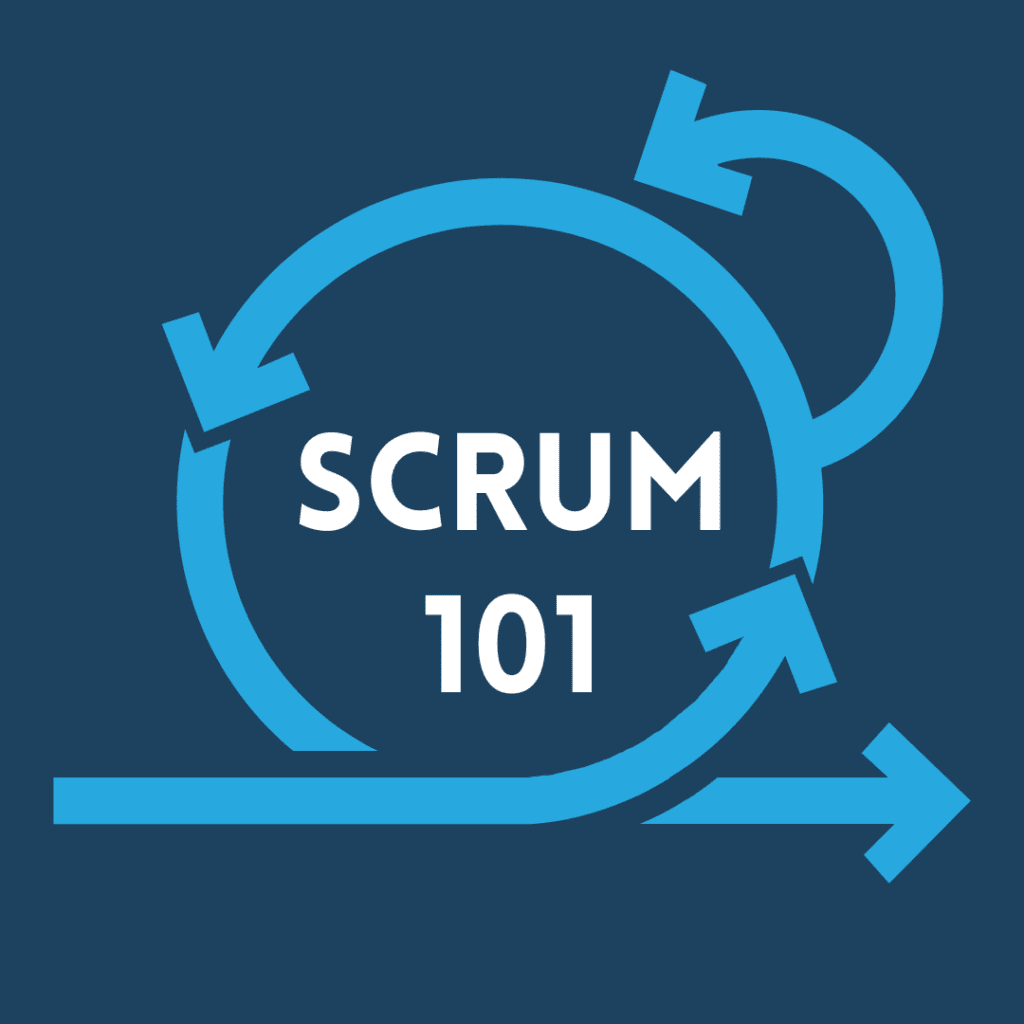Scrum is an Agile framework that provides a flexible and efficient approach to managing and completing complex projects. It is widely used in software development and has become one of the most popular methodologies for managing projects in today’s fast-paced business environment. At Azul Arc, we have made ourselves more accountable and productive by adopting the Scrum framework as our primary methodology for managing projects.
Basics of the Scrum Framework
The Scrum framework consists of three roles: the Product Owner, the Scrum Master, and the Development Team. The Product Owner is responsible for defining and prioritizing the project’s goals and requirements, while the Scrum Master is responsible for ensuring that the framework is being followed and that the team is working effectively. The Development Team is responsible for delivering the final product or service.
Scrum operates in set time periods called sprints, which include several ceremonies or events that ensure the project is on track and that any issues are identified and addressed in a timely manner. These ceremonies include:
- Sprint Planning: This meeting is held at the beginning of each sprint and is used to plan the work that will be completed during the sprint.
- Daily Scrum: This is a short meeting held each day to discuss progress and any issues.
- Sprint Review: This meeting is held at the end of each sprint to review the work completed during the sprint and identify any improvements that can be made.
- Sprint Retrospective: This meeting is held at the end of each sprint to reflect on the team’s performance and identify ways to improve for the next sprint.
Benefits of Scrum
The Scrum framework provides several benefits that make it an ideal choice for managing complex projects. These benefits include:
- Flexibility: Scrum allows teams to adapt to changing requirements and priorities, ensuring that the project stays on track and meets the business’s needs.
- Collaboration: Scrum promotes collaboration and teamwork, allowing all members of the team to contribute and work together effectively.
- Transparency: Scrum provides transparency throughout the project, allowing everyone to see the progress and status of the project at all times.
- Improved quality: Scrum’s focus on continuous improvement and regular retrospectives helps ensure that the final product or service meets all requirements and is of high quality.
How We Use Scrum at Azul Arc
To begin each project, the Product Owner (usually one of our product team) works with the client to define and prioritize the project’s goals and requirements. These are translated into “user stories” that will then be added to our sprints and completed over time. The Scrum Master then works with the Development Team to plan the work that will be completed during the sprint. Daily Scrum meetings are used to ensure that the team is on track and to identify and address any issues that arise.
At the end of each sprint, the Sprint Review and Sprint Retrospective ceremonies are held to review the work completed and identify areas for improvement. This feedback is used to make adjustments and improvements during the next sprint.
In conclusion, the Scrum framework provides a flexible and efficient approach to managing and completing complex projects. Its focus on collaboration, transparency, and continuous improvement ensures that projects stay on track and fulfills the goals and requirements of the project. Azul Arc’s use of the Scrum framework helps us deliver high-quality software on-time and within budget. The Scrum framework’s focus on collaboration, transparency, and continuous improvement aligns well with our company’s values and has played a significant role in our success.
To learn more about us and our previous projects, read reviews left by clients on our Clutch profile or contact us directly to get started on your next project.
